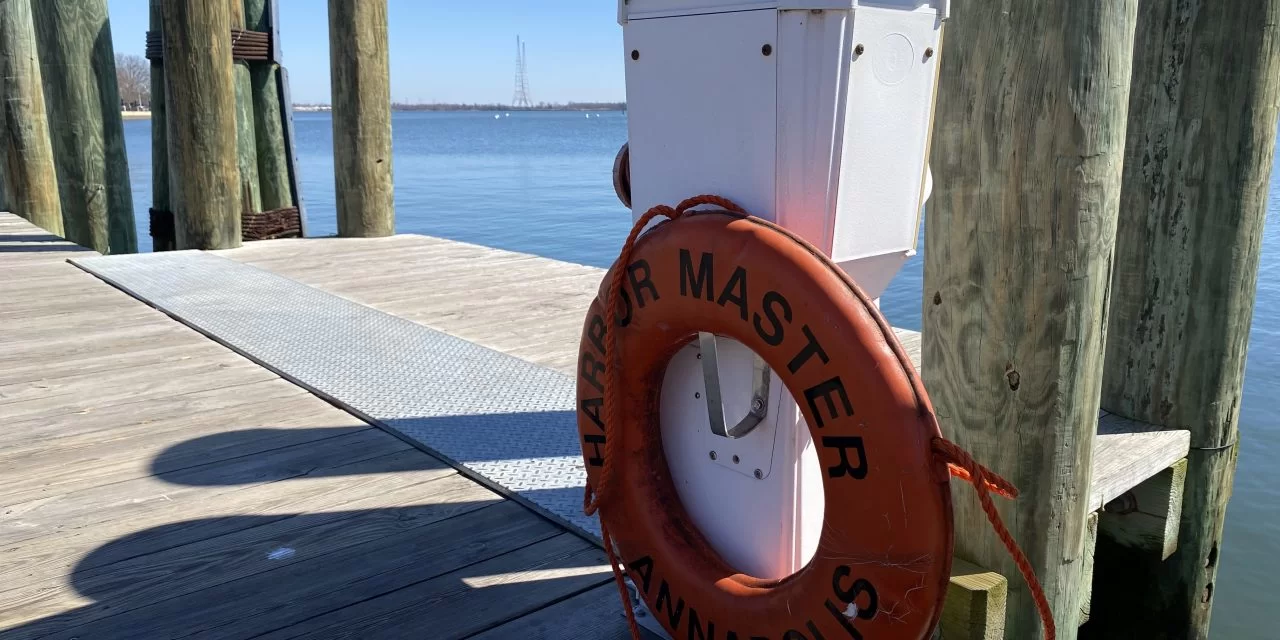
Of the many bills in this year’s legislative session set to make changes to education in Maryland, one stands out: a bill that would develop a water safety and swimming curriculum for high school-aged students.
Del. Karen Toles, D-Prince George’s, is the main sponsor of HB1105, which would require the State Board of Education to establish an elective course for public school students in grades 8-12 that would teach them the basics of swimming and water safety.
“It is a huge issue, particularly in the Black community, that more minority kids drown from not knowing how to swim than any other group of individuals,” she said. “I think it’s something that we should look at, which gave me the idea to put something like this forward.”
Toles also noted that many Historically Black Colleges and Universities like Howard and Hampton made sure kids knew how to swim before they could graduate, which is something she took into consideration when coming up with the bill.
According to the Centers for Disease Control and Prevention, drowning is the second leading cause of unintentional death for children ages 17 and below. In children aged 10-14, Black children drown at 7.6 times the rate that white children do in swimming pools.
The bill suggests public middle or high schools offering this course partner with a local parks and recreation agency to connect them with the pool and facilities needed in order to successfully teach it.
“I drafted the bill to say that you can use (it) as a physical education credit, and having it during middle school and high school, they actually get credit for physical education,” said Toles. The idea has the added benefit of possible lifeguarding jobs down the road for students successfully completing the course.
The delegate also said she would like to see more competitive swimming programs lead to recruitments to colleges and universities. Having a program that teaches teenagers swimming and water safety skills increases the opportunities for them to be a part of a competitive swim team.
“It is important to our community that has been underrepresented and has been underserved for far too long in order to be able to bring quality swimming opportunities to our communities in Maryland, as well as to continue to promote water safety and drowning prevention,” said Nicholas Askew, head coach and director of Swimming and Diving at Howard University, in testimony on the bill before the House Ways and Means Committee March 8.
Dr. William Ramos, a member of the American Red Cross Scientific Advisory Council, said that one unique thing about HB1105 is that it targets high-school-aged children, while typically this type of legislation is targeted at younger kids.
“We start seeing teen boys drowning at higher rates around those grades, so it’s an important and intervention piece,” he said. “Often I think we forget about the older kids, assuming they got something when they were younger, but many don’t.”
If the bill passes, local boards of education would have to implement the course beginning in the 2025-2026 school year.
“This bill is a step, a huge step in being able to have a solution to this public health crisis,” said Askew. “Many of our communities are around waterways, many of our children will try to enjoy different areas around pools and splash parks, and it is our obligation as adults to be able to provide them with the safest opportunities as possible.”
Some Maryland public schools already offer some sort of water safety program to students. Charles County Public Schools, for example, has fifth graders watch a video from the Red Cross about water safety, discuss good conduct to have around bodies of water, and take a field trip to a nearby pool for a day of water activities.
“Learning to swim and having those skills certainly has a buffering effect on drowning, but it also opens amazing opportunities for people to use the water right for recreation and leisure therapy,” said Ramos. “But if we think of swim lessons as the only cure, by the time a child has to use their swim skills to rescue themselves or perhaps somebody else, they’ve missed the smarts part, so we want to start by teaching people how to make sure they don’t get into these situations.”
Fifth graders in Anne Arundel County Public Schools participate in a Drownproofing Program, where they learn personal water safety skills as a part of the physical education and language arts curriculum.
Toles told Capital News Service that her home county also offers a water safety program for its elementary schoolers.
“We do have that program where they’re taking second graders out for a few days and teaching them how to swim after they’ve had their water safety course,” she said.
The American Red Cross has a whole page on its website dedicated to its water safety and aquatic resources, training, and information.
More and more jurisdictions are producing legislation concerning water safety, including some that put students in the pool, Ramos said. Ramos also clarified the difference between just teaching kids to swim, versus teaching them water safety. Water safety is preventative – learning how to be smart around bodies of water so kids don’t get into positions where they then have to rely on their swimming and water skills. But swimming skills are also necessary so that children can get to a safe place in the event of an emergency.
The bill has bipartisan support: One of the 23 sponsoring delegates is Republican Rachel Munoz, R-Anne Arundel.
“We definitely need to focus on equity and inclusion when it comes to kids learning how to swim,” Toles said.









